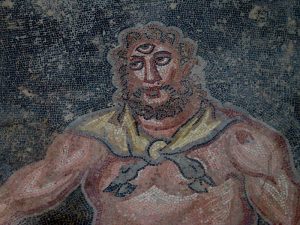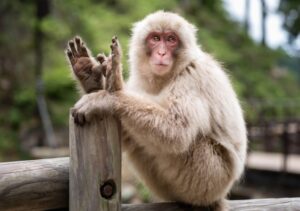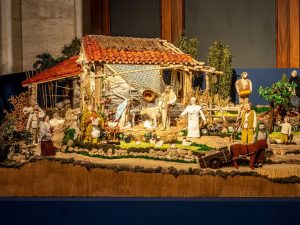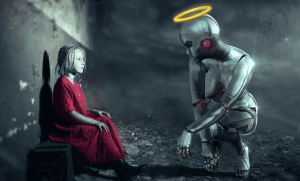THE MESSAGE, AN AFRICAN FOLKTALE
5 min read
In 2004 Nelson Mandela published the book: Favorite African Folktales with the aim of collecting some stories to give them a future life; the opportunity not to be forgotten and the possibility of being told again to African children (and not only to them). Favorite African Folktales is a collection of stories that come to us from several parts of the big continent, span centuries and represent the settling of different versions coming from oral storytelling and handed down from person to person, from year to year, from century to century. And so, as it is written in the introduction of Mandela’s book, every told story changes, maybe details are added, parts changed, names and characters changed; and within this incessant creation the sense, the morals (if there is one) and the plot itself find their form (never definitive). The story does not belong to anyone, whoever tells it delivers it to the world with the hope of seeing it go back, always different and always the same. And that’s how the Ashanti storytellers (an ethnic group of Ghana) end the stories:
This is my story which I have told you. If it is sweet, tell it to someone again and then some of the thanks will come back to me.
The folktale: The message
Tale collected by George Weideman (South African poet and writer) and told to him by Grandma Rachel Eises.
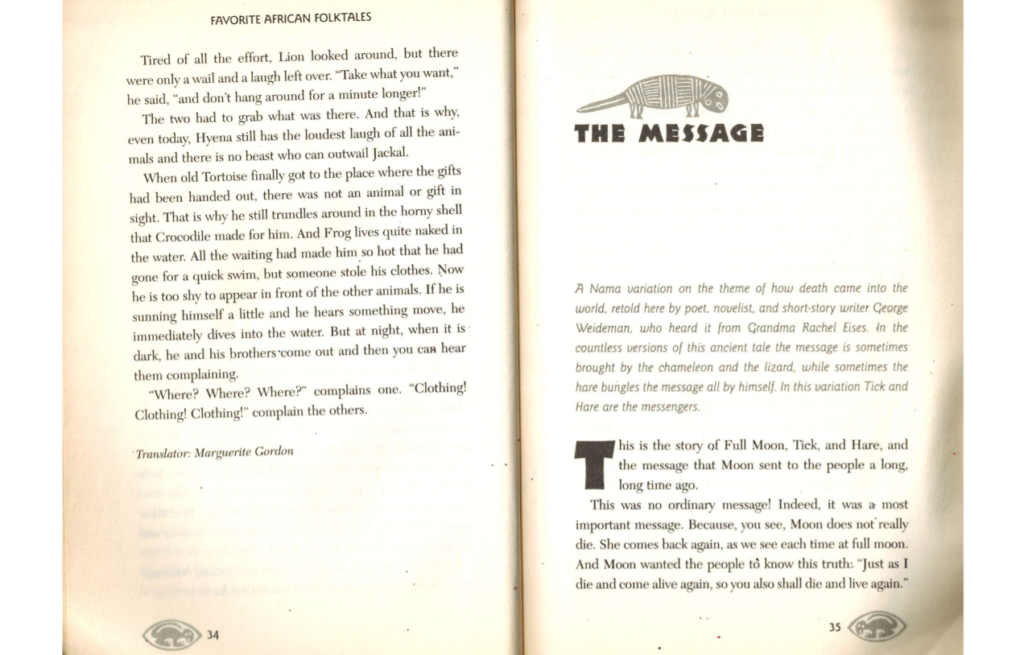
Moon has to deliver an important message to men: «As well as I die and then I am reborn, you too will die and be born». Moon decides to entrust the spreading of the good news to Tick, so that she can reach the human neighbors who live in the Kraal (a group of huts inhabited by a clan, that is by extension, a village) as soon as possible, where there is also a man who is in deep pain and about to die. Unfortunately, Tick does not have a good view and because of her laziness she spends her days waiting for the prey (not always the right one) to attach to get carried away. The first animal she grabs is a bird, a Namaqua sandgrouse; it takes her up away from the village of men. But, the second animal she grabs is a gazelle that quickly passes the village of men. Only when the two attempts have failed, she meets Hare that, cunning and wishing to win Moon’s goodwill, proposes to run to the village with the important message: «Just like me, Moon, I die and then I am reborn, you too will die but you will be reborn». However, during the trip, Hare forgets to review what to say, and once arrived she communicates something wrong: «Just as I die and then I am reborn, you too will die but you will NOT be reborn». The sick man dies, the sad, weeping, frightened and discouraged men leave the Kraal without the glimmer of any hope. At this time, Moon realizes that something didn’t go as it should; she scolds Hare by beating her with a burnt wooden ember. The latter reacts by throwing ashes in her face. Since that day, Hare has a split palate and Moon bears the signs of the ashes on her face (the craters).

A short analysis of the tale
The tale told and named The message originated from Nama’s culture. These people are natives of the arid region called Namaqualand between South Africa, Namibia and Botswana (East Africa). Nama people are a group of the wider Khoikhoi ethnic group. This term can be translated with the expression real men. The Khoikhoi (or simply Khoi) are shepherds and nomads dedicated to the oral storytelling and narration of legends, to music and craftsmanship (production of carpets and musical instruments like flutes). The Khoi together with their San neighbors (also known as Bushmen, which is the name they prefer to self-identify and that means literally bushmen), form the largest group of the Khoisan. The San people are mostly hunters-pickers and it is interesting how their name, given to them by the Khoi, means different, other than the Khoi shepherds.
This short digression can help to have any idea of the places and people who gave birth to the tale, to get closer and grasp the sense of the setting of the story and to breathe “up close” the atmosphere that acts as its scenario.
The characters of the African tales (and more) are mostly animals that have the ability to behave like men; they have the power of speech, they are entrusted with human missions and they relate to human beings as if they were too. Tick and Hare behave being loyal to their natural characteristics: Tick has not a good view, waits for her prey and does not move for many days, whereas Hare is very fast and has a split palate. The two animals are also characterized by behavioral traits that explain the role of the character they play in the story and that are stereotyped such that they are repeated in other tales: Tick is lazy, whereas Hare is smart and charming. Another feature due to the orality of this type of narration is the repetitiveness of the keywords: Moon’s message is chanted several times as the story progresses.
Moon, the animals, death and rebirth
The men of the tale will never know their happy destiny and Moon, the one we see every day, still bears the signs on her face of the wrongly delivered news. The animals (Tick and then Hare) are entrusted with a very important task, whereas Moon, from above, knows the destiny but lets those who live on Earth communicate the news through their means and resources: after all, it doesn’t matter if this comes in the wrong form. The Message is a story that explains why the moon has its craters and the hare has no palate, it has the features of something similar to a legend, of a tale that reveals the origin of the state of things and that, at the same time, touches lightly the theme of death and rebirth. The reader (or better, the auditor) differently from the inhabitants of the Kraal, thanks to the story, knows what his happy destiny of rebirth after death is and also understands, identifying himself with the men of the story, what ignoring it means.
For more information:
Mandela, N., (2004). Favorite African Folktales. New York: W. W. Norton & Company
https://en.wikipedia.org/wiki/Khoekhoe
https://en.wikipedia.org/wiki/San_people
Khoekhoegowab Folktale:
https://www.youtube.com/watch?v=UR4CqOk1FN8&t=113s

Mi chiamo Giulia. Diplomata al liceo classico, ho in seguito conseguito la laurea triennale in Interpretariato e Comunicazione e poi la laurea magistrale in Traduzione Specialistica. Ho lavorato sia come traduttrice per una piattaforma digitale sia come interprete di conferenza in sede di udienza. Ho da sempre avuto una forte propensione per le lingue straniere motivo per cui ho deciso di intraprendere questo percorso. Sono anche appassionata di cucina, cinema ma soprattutto di film e serie tv


